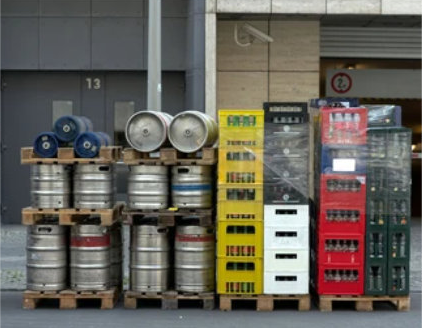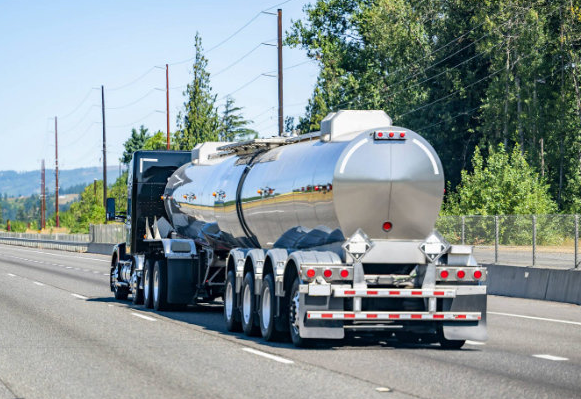Editor's Pick


To optimize a beverage delivery business, consider the following structured approach across key operational areas: Demand Forecasting: Implement software to analyze sales data and predict trends, adjusting stock levels seasonally (e.g., more cold drinks in summer). ABC Analysis: Prioritize high-turnover items (Category A) for frequent restocking, while reducing slow-moving inventory (Category C). Just-in-Time (JIT) Inventory: Partner with reliable suppliers for timely restocking to minimize holding costs. Supplier Relationships: Maintain backup suppliers and negotiate bulk discounts. Route Optimization: Use GPS tools (e.g.,Dynaroute) to plan efficient routes, reducing fuel costs and delivery times. Batch Processing: Cluster orders by geographic zones and offer time-slot options to streamline deliveries. (Dynaroute smart zones) Fleet Management: Invest in fuel-efficient/electric vehicles, track driver behavior, and schedule regular maintenance. Last-Mile Solutions: Partner with local pickup points (e.g., convenience stores) to reduce trips. User-Friendly Platform: Develop an app/website with easy ordering, multiple payment options, and real-time tracking. Subscription Models: Offer weekly/monthly plans for recurring revenue (e.g., curated beverage boxes). Loyalty Programs: Reward repeat customers with points redeemable for discounts or free products. Personalization: Use purchase history to recommend products and create customizable bundles. Digital Marketing: Leverage social media, email campaigns, and SEO with localized targeting. Promotions: Introduce referral bonuses, first-time discounts, and seasonal bundles (e.g., holiday packs). Partnerships: Collaborate with local events/businesses for cross-promotions and exclusive products. Integrated Management System: Use platforms like Cin7 to sync inventory, orders, and deliveries. Real-Time Analytics: Monitor KPIs (delivery times, order accuracy) via dashboards. AI & Automation: Deploy chatbots for customer support and AI for demand forecasting. Eco-Friendly Packaging: Use biodegradable/recyclable materials and incentivize returns. Local Sourcing: Partner with nearby suppliers to reduce carbon footprint. Route Efficiency: Optimize routes to lower emissions and fuel use. Dynamic Pricing: Adjust prices based on demand/distance, and offer bulk/prepaid discounts. Cost Monitoring: Track metrics like cost per delivery and customer acquisition cost. Cross-Training: Equip staff to handle multiple roles during peak times. Driver Incentives: Reward punctuality and positive customer feedback with bonuses. Customer Surveys: Regularly collect feedback to identify pain points. A/B Testing: Experiment with delivery options, pricing, and marketing messages. Contingency Plans: Prepare for disruptions (e.g., weather, supplier issues) with backup inventory and insurance. Quality Control: Use refrigerated trucks and insulated packaging for temperature-sensitive items. Legal Compliance: Secure necessary licenses (e.g., alcohol) and ensure data security. Scalable Systems: Adopt cloud-based tools to handle growth without service degradation. Highlight speed (same-day/express delivery), eco-friendly practices, or unique local partnerships to differentiate from competitors. By systematically addressing each area, the business can enhance efficiency, customer satisfaction, and profitability while positioning itself for sustainable growth.1. Inventory Management
2. Delivery Logistics
3. Customer Experience
4. Marketing & Sales
5. Technology Integration
6. Sustainability Practices
7. Financial Optimization
8. Staff Training & Incentives
9. Feedback & Improvement
10. Risk Management
11. Scalability & Compliance
Unique Selling Points (USPs)





